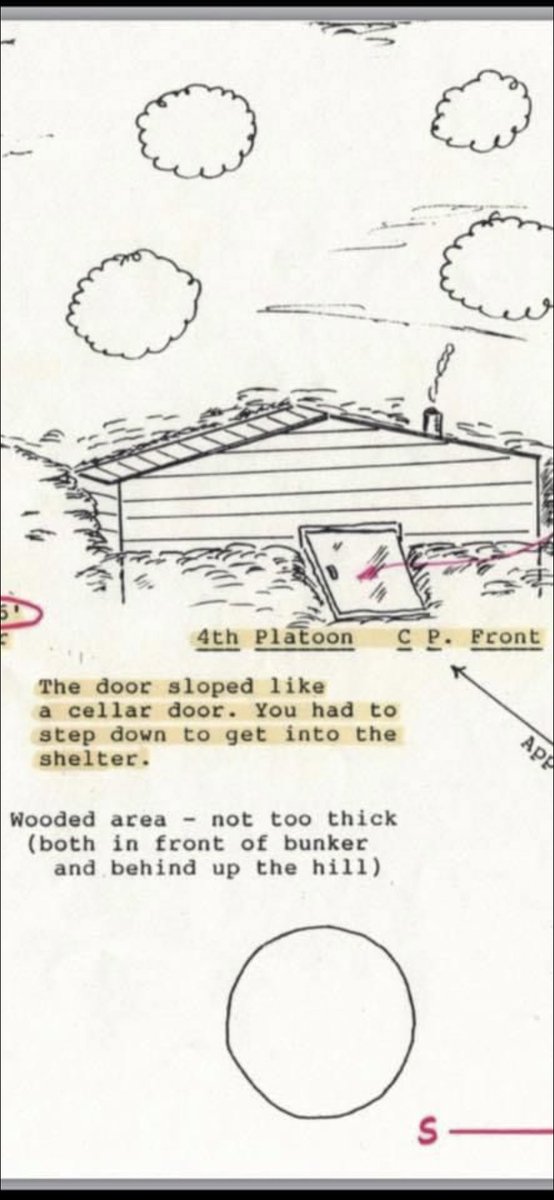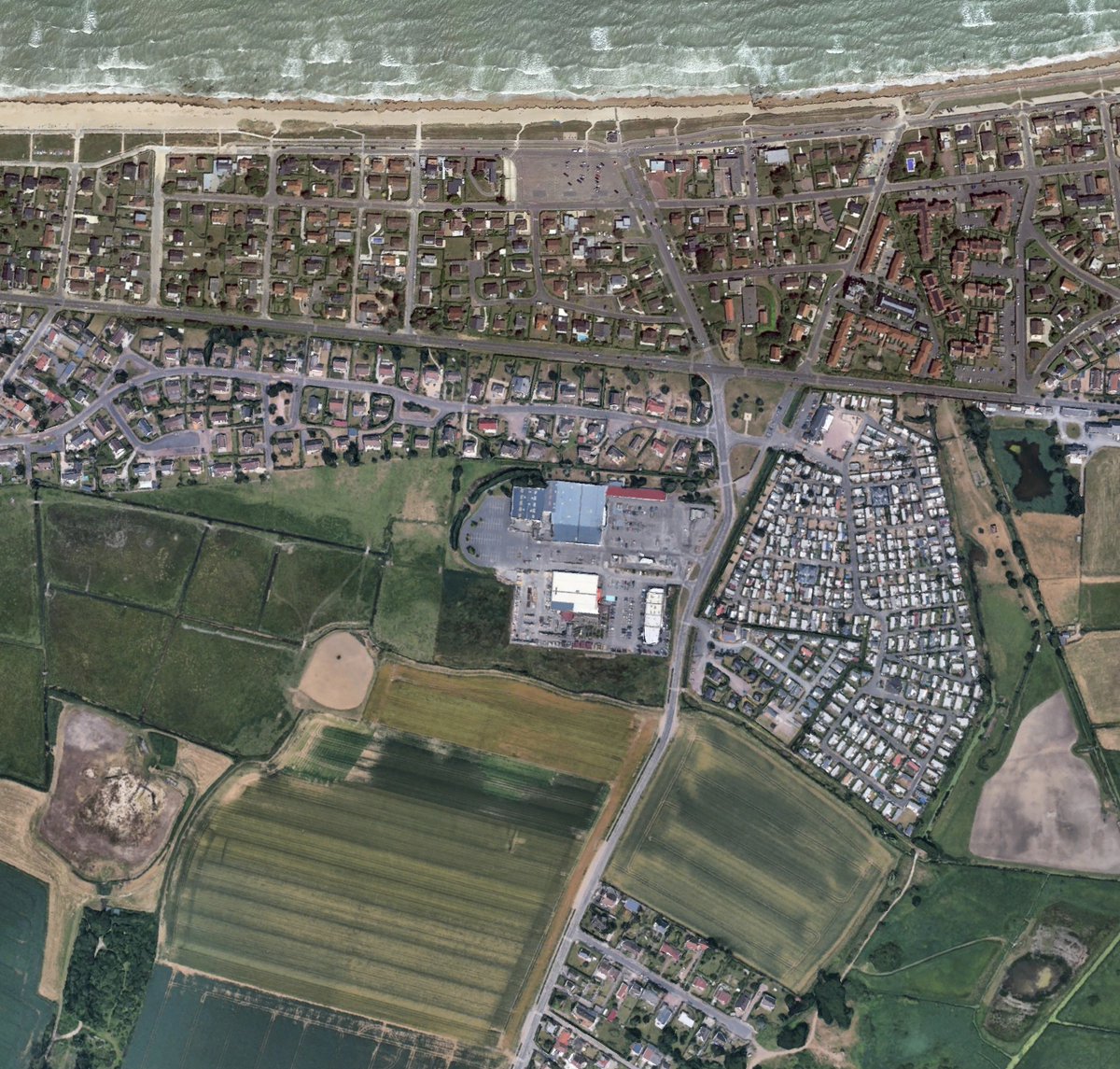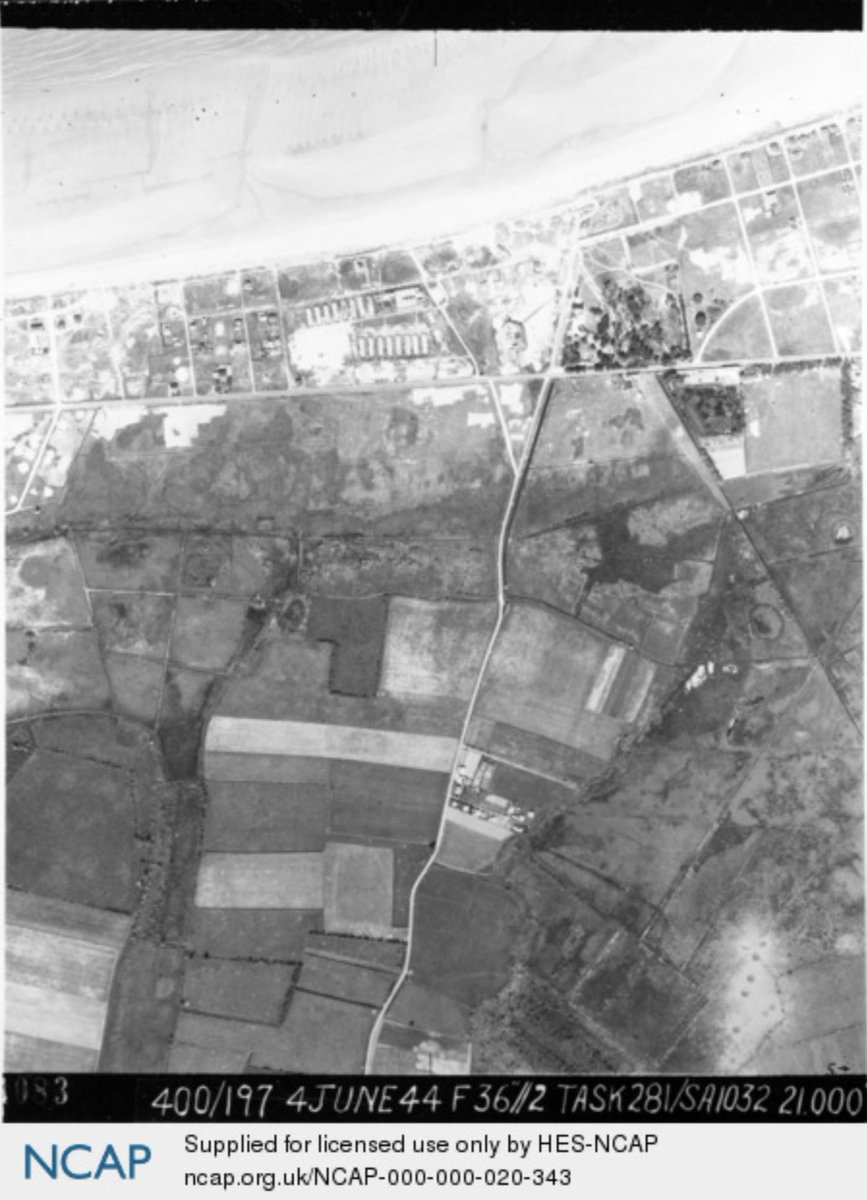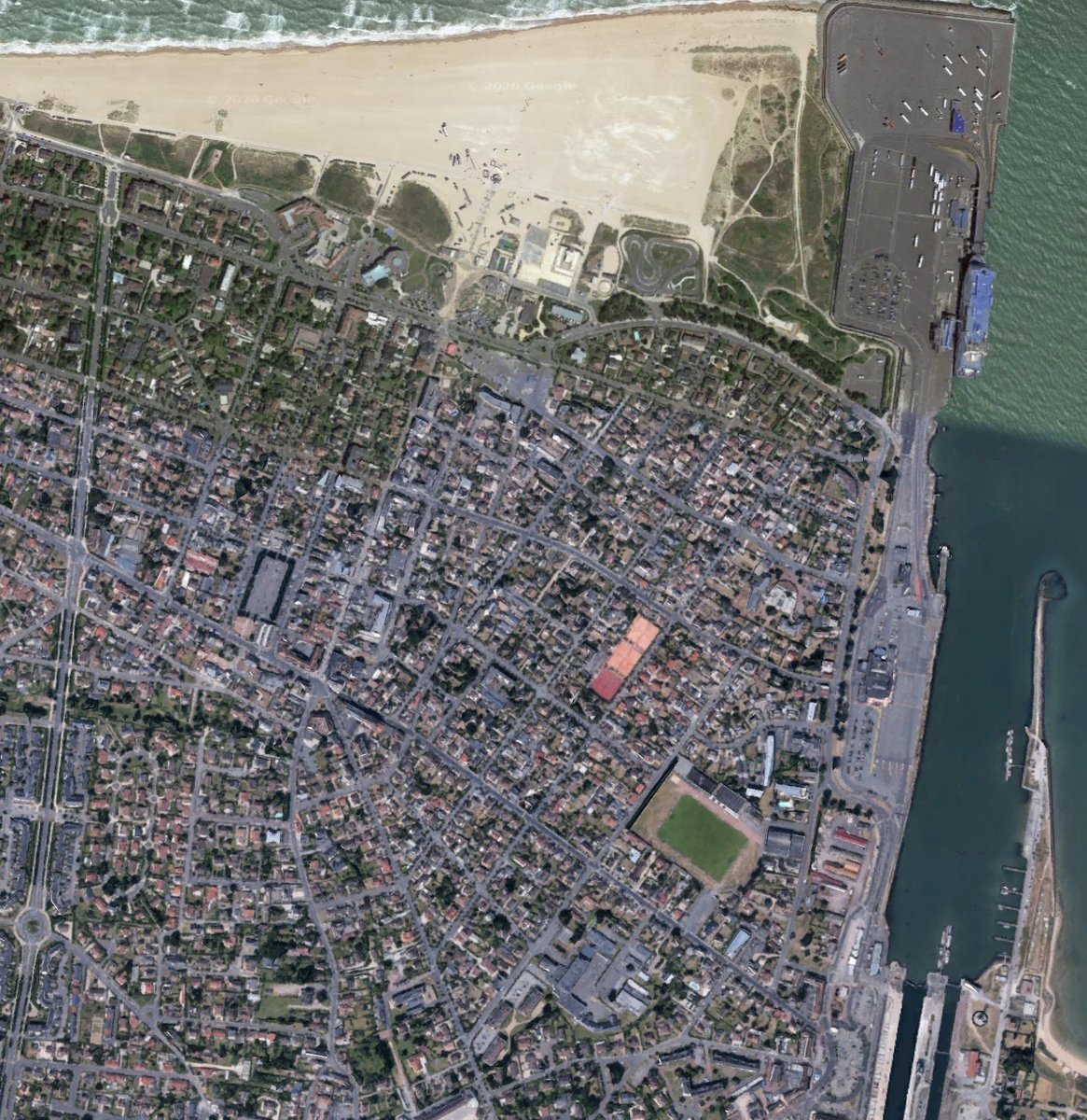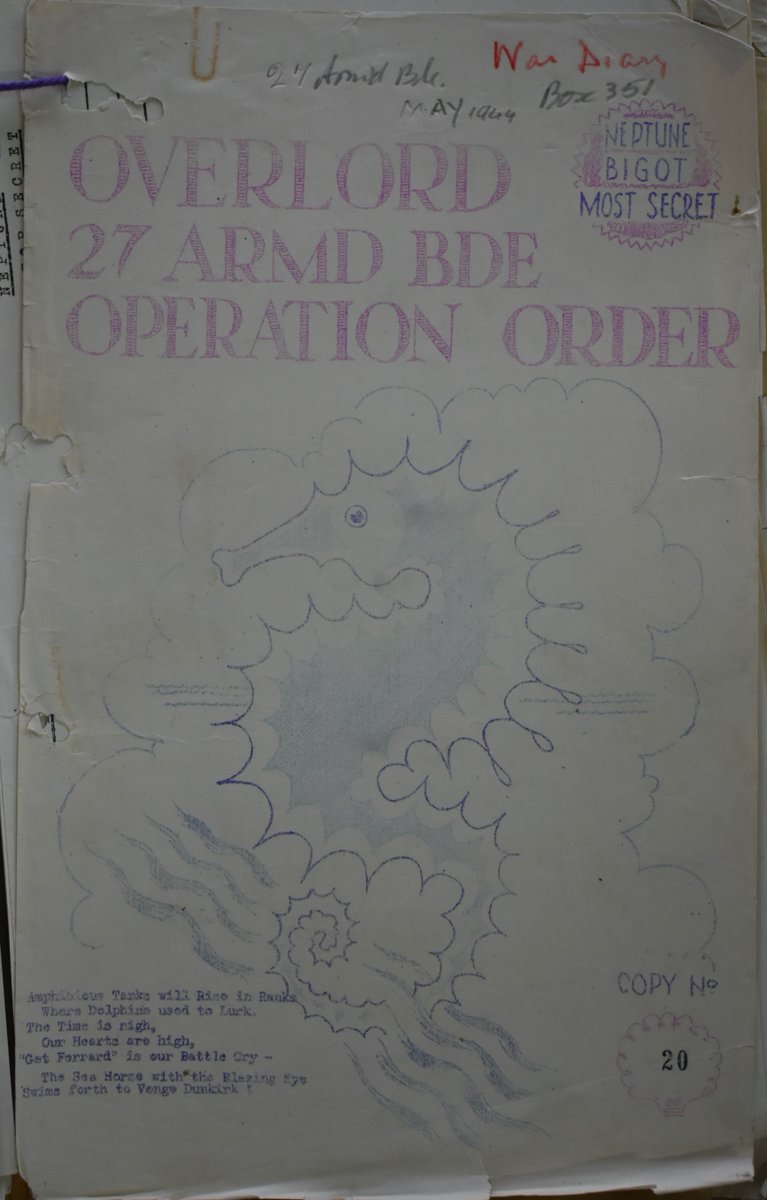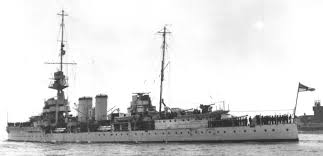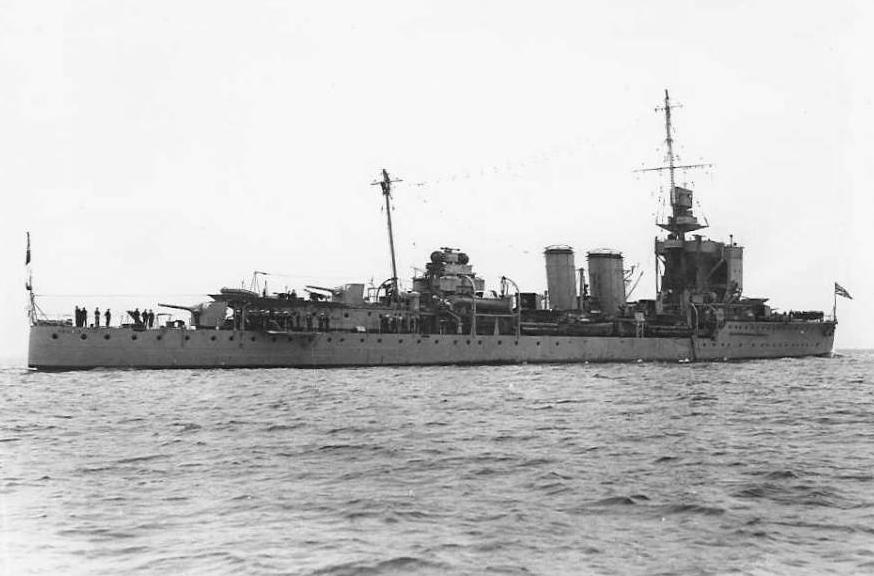
Following on from @ww2tv with @ReassessHistory episode British steel in Normandy I wanted to drop a few stats. These are from allied reports reviewing armoured warfare some stats cover all theatres of war.
This study is based on a sample of 12,140 allied tank. American, British, Canadian and French tanks. I will bring it in to British as it progresses. And more so, the Normandy campaign
Note it was recorded that due to incompleteness of Allied records, separate tank casualties for ‘gunfire’ was not broken down into categories of tank/anti tank/artillery. 

As some would expect gunfire was the highest over all percentage of tank casualties in all theatres at 54%.
Land mines 20% in all theatres
Land mines 20% in all theatres

Mechanical, terrain, non enemy weapons immobilised 13% of this sample. Its stated that the British and US were only concerned with weapons damage so under reported. Canadians recorded 25%-40% deemed to be more accurate
Hollow charge weapons made up 7.5%, the Panzerfaust type weapons went on to peak in spring ’45 with 25-35% of all tank casualties in NW Europe.
Miscellaneous weapons or combinations accounted for 5.5%, notably enemy air attacks knocked out a negligible share of this small percentage.
A study of the average range at which tanks were knocked out by gunfire indicated 785 yards (717metres/0.7Km). Hollow charges averaged 50 yards. This is in theatres. 



Causes of burned out tanks once hit were attributed to 65% gunfire, 61% hollow charges and 21% mines. 

Limited data on allied tank crews showed an average of 2-2.5 crew members became casualties. This includes killed, wounded, missing. 

Took further break that down, tank commanders suffered the highest rates of 57%, followed by gunners/wireless ops 51%, co drivers 48% and drivers 47%. 

Staggeringly these figures in another report show that 40% of these casualties occurred outside the tank. 11-30% of total losses attributed to crew trying to escape from the tank. 





Tomorrow, I will bring this report in to take a look at the Normandy campaign and to see if any conclusions can be drawn from the data. It may also highly differnet approaches to deployment of tanks between allied nations.
• • •
Missing some Tweet in this thread? You can try to
force a refresh





